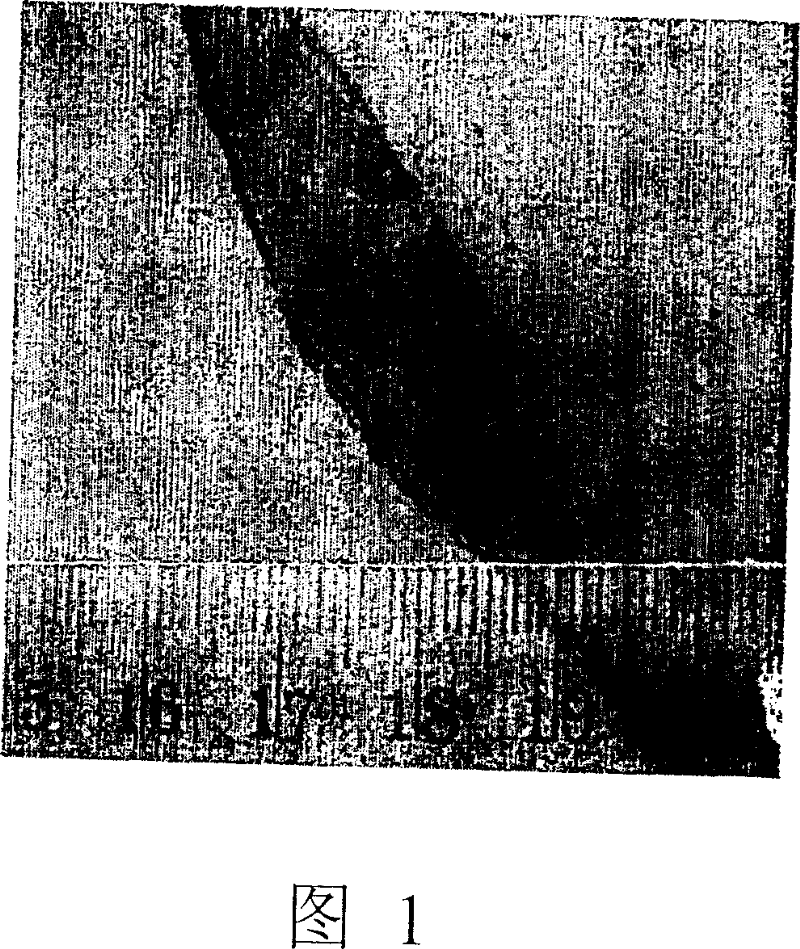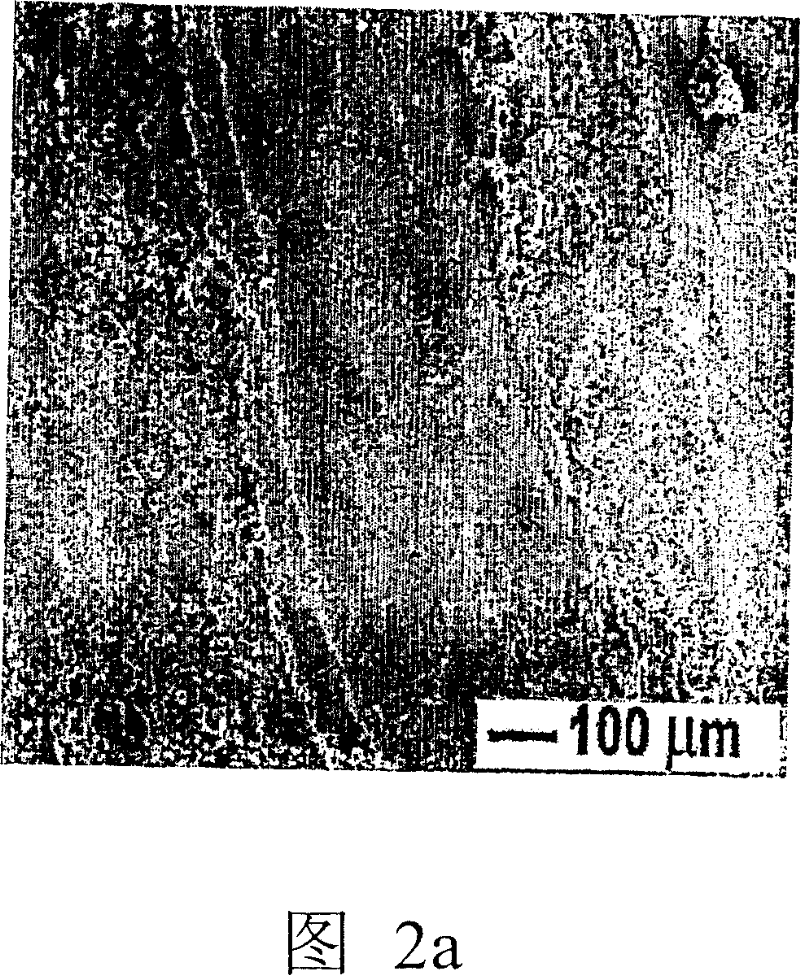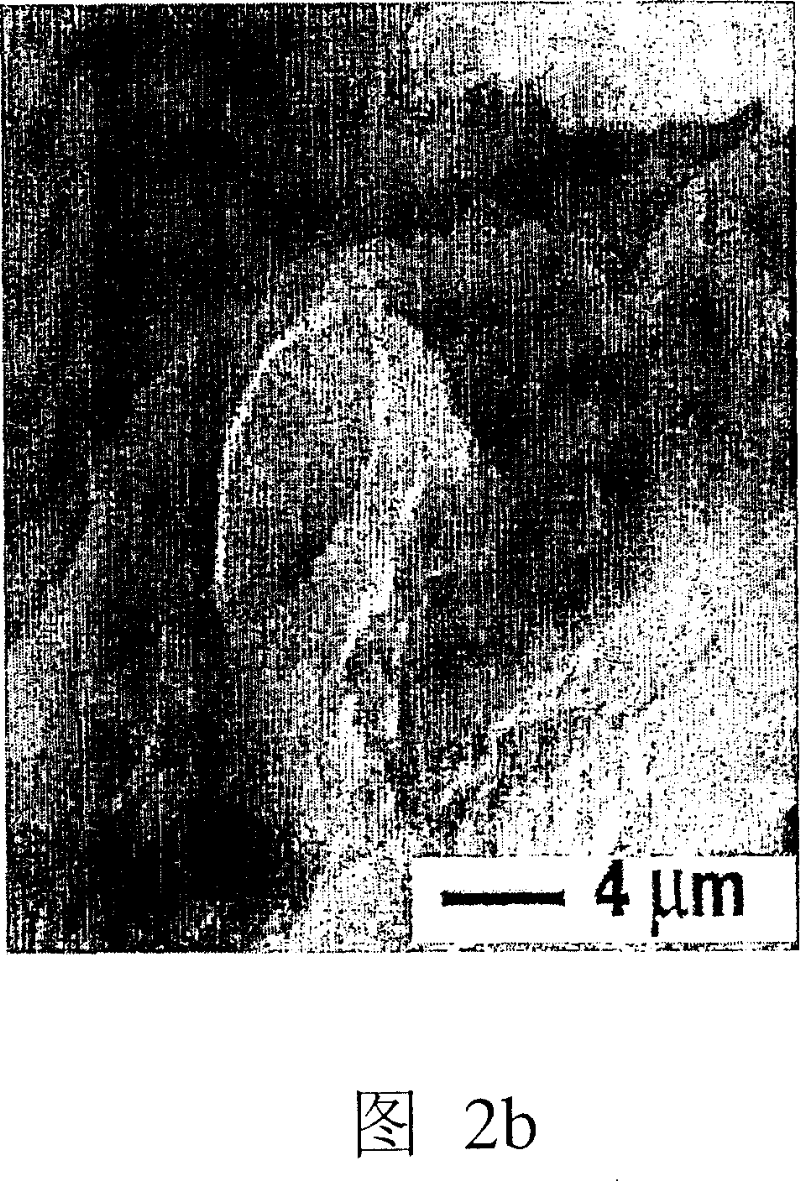Method for soil remediation and engineering
A soil restoration and soil technology, which is applied in the field of soil restoration and engineering, can solve the problems of complex process and high energy consumption, and achieve the effect of improving engineering properties and reducing environmental impact
- Summary
- Abstract
- Description
- Claims
- Application Information
AI Technical Summary
Problems solved by technology
Method used
Image
Examples
Embodiment Construction
[0032] Pilot studies were carried out in open-topped perspex chambers with laboratory scales of 25 x 2 x 15 cm and 30 x 50 x 40 cm (ie valid in two and three dimensions). All experiments were run at <5 volts using sacrificial cast iron electrodes. The electrodes were fabricated from 25 mm diameter cast iron rods (grade 250) of composition: 3.48% C, 2.87% Si, 0.812% Mn, 0.099% S, 0.364% P and the balance Fe. Tests were performed on various contaminated slurries, using groundwater and seawater pore water, under unsaturated and saturated conditions. Time scales range from 3 to 400 hours.
[0033] During the test using sand, the initial permeability of the sand was 0.48×10 -5 m / s, the permeability recorded after treatment (in the iron belt) is 0.19×10 -5 m / . For mud tests, the initial permeability is usually 0.29×10 -7 , while the recorded permeability of the treated material (in the iron strip) is 10 -9 Or less, that is, practically impermeable. In addition, clear dehydrat...
PUM
 Login to View More
Login to View More Abstract
Description
Claims
Application Information
 Login to View More
Login to View More - R&D
- Intellectual Property
- Life Sciences
- Materials
- Tech Scout
- Unparalleled Data Quality
- Higher Quality Content
- 60% Fewer Hallucinations
Browse by: Latest US Patents, China's latest patents, Technical Efficacy Thesaurus, Application Domain, Technology Topic, Popular Technical Reports.
© 2025 PatSnap. All rights reserved.Legal|Privacy policy|Modern Slavery Act Transparency Statement|Sitemap|About US| Contact US: help@patsnap.com



